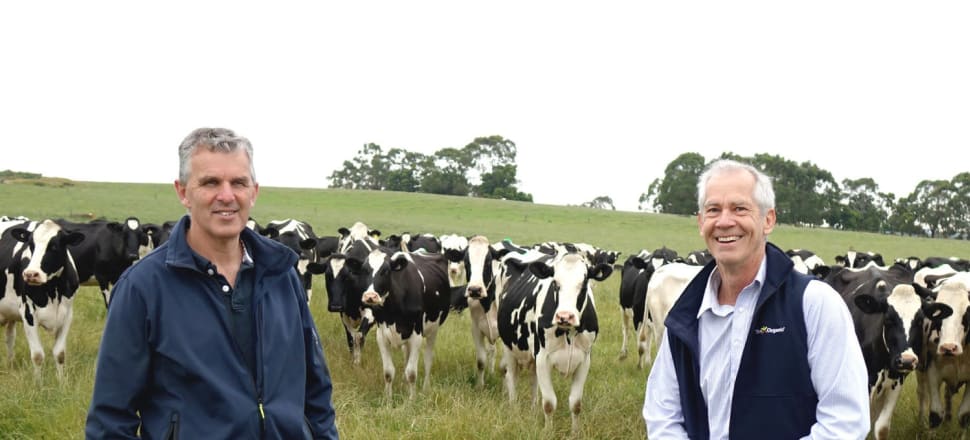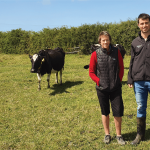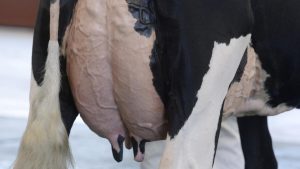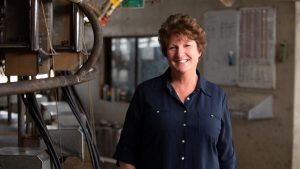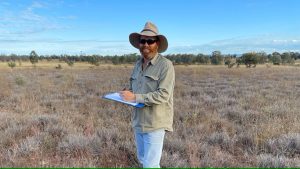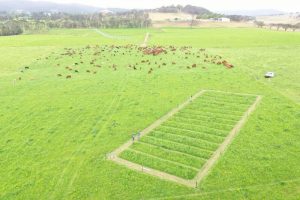
In an industry review released by Xcheque managing director Jon Hauser and farm business consultant Neil Lane, the two men concluded feed cost was the most important and complex profit driver on a dairy farm.
Dr Hauser said the top 25 per cent of farmers were “almost universally” getting more feed per dollar invested.
“Our analysis shows the importance of maximising feed production from your available land and water assets,” he said.
Mr Lane said management of stock rates, paddock rotation and pasture residuals were essential to feed success.
“We’re more likely to see wastage through under-grazing in the spring and suppression of regrowth by over-grazing in the summer and winter — both result in a reduction in potential pasture harvest,” he said.
These findings were presented in the final chapter of a comprehensive five-part economic review into the dairy industry, compiled by Dr Hauser and Mr Lane.
They also found that better labour productivity and a more equitable milk payment system were needed to improve farm profitability.
“If the Australian dairy industry is genuinely serious about profitability, the elephant in the room is the return of a suitable wage and return on capital for farm owners,” the review’s conclusion said.
“Many Australian dairy farmers continue to operate with, and because of, unpaid owner labour and a significant amount of owner equity … this presents a daunting challenge for the industry.
“It is nonetheless a challenge that the industry needs to face up to if there is to be a reversal of production decline.”
The review’s findings were based on 14 years of published data from the Dairy Farm Monitor project and five years of data from 84 farms in the Southeast Australia Sentinel Farm Group.
Dr Hauser said he wanted the way the industry looked at feed costs to change.
“We believe the industry should be focused on feed production per dollar of investment rather than a specific industry target for tonnes per hectare,” he said.
“It is important to understand that Australia is not a ‘one size fits all’ dairy industry.
“Successful farmers adapt to the climate, the feed and water resources available to them, and the market they sell their milk into.”
All sections of the Xcheque Review of Australian Dairy Farm Economics can be found at: www.xcheque.com/articles
